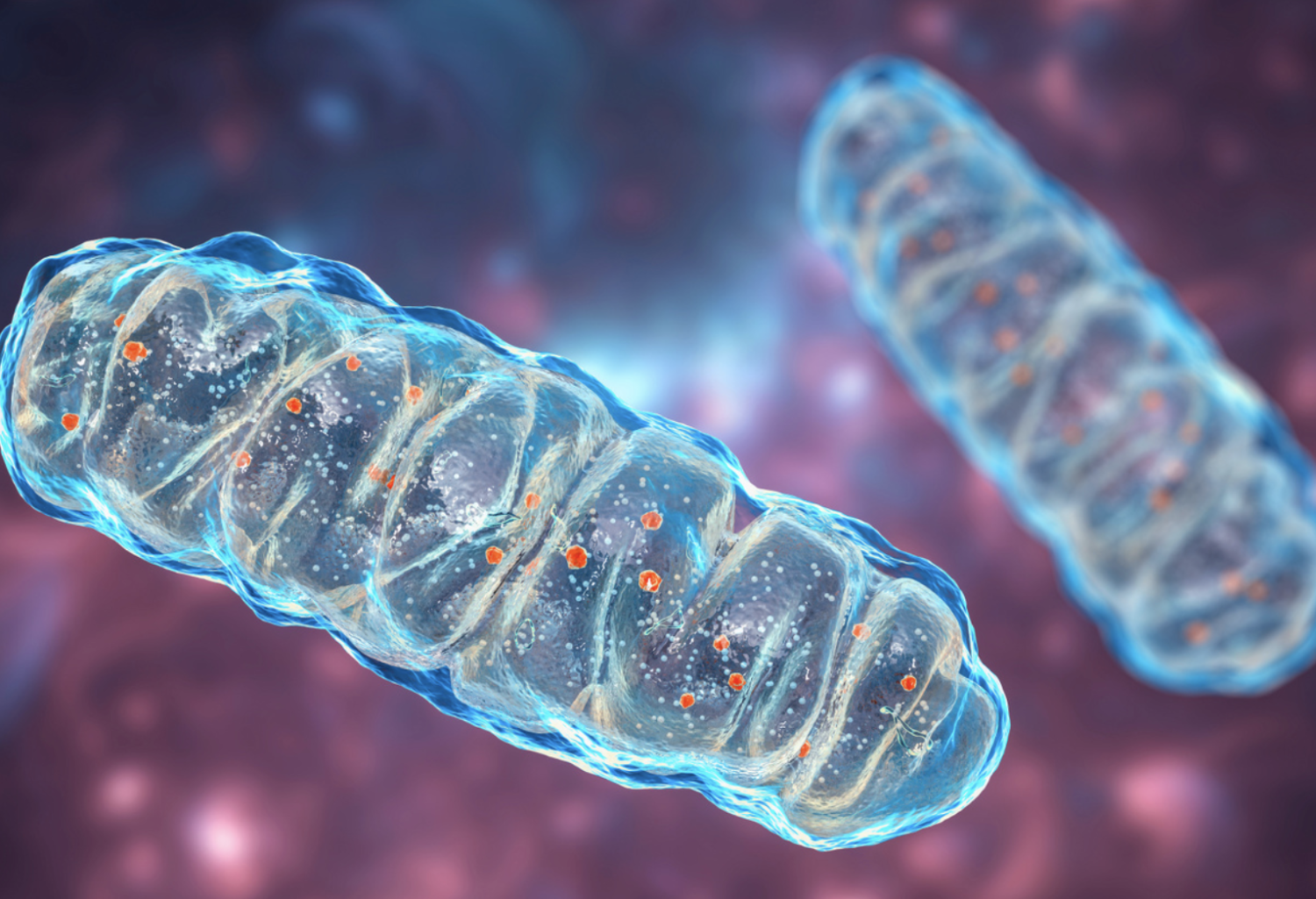Promoting ATP synthase using peptidoglycan muropeptides

Background
Each year, about 1,000 to 4,000 children in the United States are born with a mitochondrial disease. Many of these diseases are tied to a deficiency in ATP synthase thought to be triggered by mutations in the mtDNA genes for ATP subunits. In addition to genetic mitochondrial diseases, a variety of other conditions can lead to secondary mitochondrial disfunction including Alzheimer’s, muscular dystrophy, ALS, diabetes and cancer. There are currently no known treatments for secondary ATP deficiency or genetic mitochondrial diseases. Researchers at the University of Colorado have been investigating the symbiotic relationship between gut bacteria and the human body, and may have uncovered the key to targeting ATP synthase deficiency.
Technology
Inventors at CU Boulder have developed a method to eliminate this limitation using a fast-growing, filamentous fungi, Neurospora crassa. Additionally, they are able to demonstrate control of the electrochemical properties of an electrode derived from the biomass through the manipulation of the biological growth conditions during the growth of the material, as opposed to post-growth modification. The chemical composition of the fungi can be modified by adjusting the concentrations of sodium nitrate and cobalt exposure in the pre-growth material, regulating the nitrogen assimilation and ultimately forming cobalt nanoparticles in the fungal structure. In this way, the extent of the nitrogen-doping was controlled. Pyrolysis of the material was conducted at 800°C, and the 3-D microstructure was preserved from the parent material.
Benefits
With no known treatments for mitochondrial diseases or ATP synthase deficiency, the use of muropeptides as an ATP agonist is a significant discovery. Recent advances in the understanding of the symbiotic relationship we have with our microbiome has opened up a new class of large molecule therapeutics that have yet to be fully understood or implemented.
Applications
- Cancer treatment
- Neurodegenerative disorders
- Mitochondrial diseases
Stage of Development
Technology Readiness Level (TRL): 3.
Preliminary research identified a molecule that may be an ATP synthase agonist. This was tested using nematode C. elegans and mammalian cultured cells as models. After promising results from these experiments a human genetic condition (Leigh Syndrome) was modelled and treated with the muropeptides. These results were also promising, and additional research into this molecule is ongoing.
What's Next?
Looking for licensing opportunities.
Nicole Forsberg: nicole.forsberg@colorado.edu
The Newsroom
For marketing and communication inquiries or news tips, contact Daniel Leonard, senior marketing and communications specialist for Venture Partners at CU Boulder.
For media inquiries, please visit colorado.edu/news/formedia.


